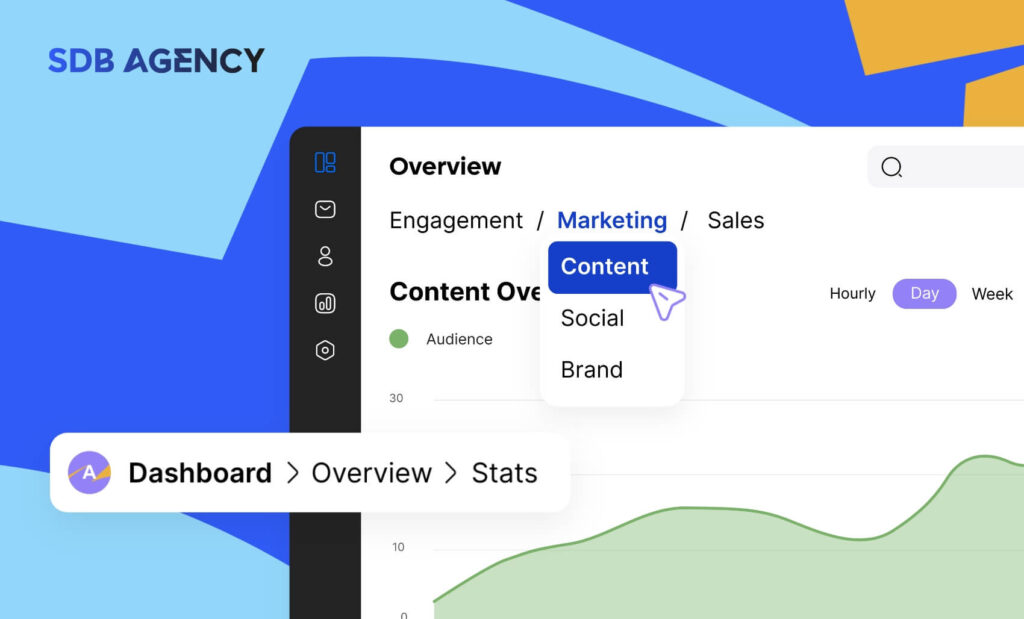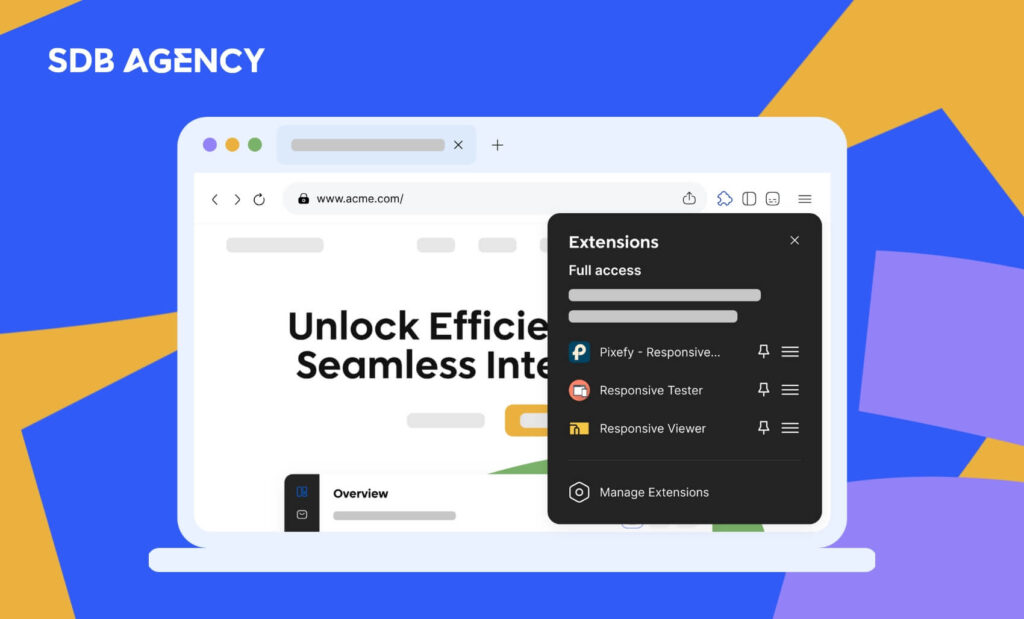Maximizing CRO for Longer Session Durations: The Key to Better Engagement

In today’s fast-paced digital world, it may seem impossible to keep users engaged even for a second – and the fact that thousands of companies are fighting for their attention doesn’t make it any easier.
Luckily, there are a few things you can do to gain your visitor’s interest, increase your website’s session duration, and increase conversion.
Why is conversion rate optimization (CRO) important for customer acquisition?
Conversions can take multiple forms, including getting users to make a purchase, sign up for a newsletter, or fill out a contact form.
No matter the way of qualifying a conversion, committing to improving your conversion rate can be beneficial to your campaign for a few reasons:
- Conversion rate optimization isn’t only about increasing the number of customers for conversion; improving it means you’ll receive more revenue per site visitor.
- By increasing conversion rates, you’ll also gain better insights into your users’ behavior, needs, and preferences.
What is the session duration?
Session duration is the average time someone spends on your website. A session begins when someone visits a page on your website and ends when they leave your website after a few minutes of inactivity.
Why does session duration matter for CRO?
Did you know that the average website session duration is only 2-3 minutes?
Longer session duration correlates to higher conversion rates. As users spend more time on your site, they are more likely to become repeat buyers or convert into leads. Now that you understand more about session duration and why it matters, let’s look at the four tips to keep your visitors engaged.
In fact, a 20% increase in session duration can bring a 15% increase in conversions!
4 tips for increasing session duration
A longer session duration can greatly affect your conversion rate. Here are four strategies for keeping your visitors engaged.
1. Optimize your website design
A cluttered navigation menu with pop-ups showing every second on top of a complicated site structure with tiny fonts – all this combined is a one-way ticket for your visitors to leave your site.
Unsurprisingly, exceptional mobile responsiveness and experience can lead to increased conversions.
Here are the vital elements you should consider when optimizing your website’s design:
- Put important information above the fold: Visitors must check what they are looking for as soon as they land on the page without needing to click or scroll anywhere.
- Maintain simplicity: Avoid adding too many different CTAs. Instead, try including the most relevant CTA to prevent visitors from hesitating to click it. The goal is to get visitors to take action.
- Prioritize for mobile: More and more people now view the websites from their mobile phones. Therefore, your website must be easily viewed on various screen sizes.
- Make space between links: Having clickable elements or content that are too close together may become an issue on smaller devices like phones and tablets.
2. Craft relevant content
Have you ever clicked on the top link in Google but didn’t find what you were looking for? Then clicked on the results below only to find the same thing?
When writing content, you must ensure that it’s engaging and original instead of slightly altering content that others have written. Use your own tone of voice and write just like you would when talking to your clients.
You should always strive to create content that the audience will find interesting and valuable. This type of content may require a bit more time and effort, but the results will be worth it when readers find it more engaging.
3. Improve site speed
Your website’s load time is crucial in engaging your visitors. A Google study showed that 53% of visitors will leave a website that takes over three seconds to load. There’s also a strong correlation between page speed and session duration.
In addition, Google has prioritized three Core Web Vitals since June 2021: site speed, user experience, and visual stability to rank websites. There are hundreds of ways to speed up your website, but here are the main ones:
- Choose a good web host: Shared hosts usually overcrowd servers, leading to slower page speeds and security issues. Choosing a proper website host will increase your server response time and ensure a snappier website.
- Use a lightweight theme: Even though a multi-purpose theme seems ideal, all the unused extra features will continue to load in the background, slowing down your website. When picking a WordPress theme, choose a well-coded one with your desired features.
- Set up caching: A caching plugin like Flying Press will back up your site’s files in a temporary location so they’ll be delivered to visitors instantly instead of loading everything from zero.
4. Add social proof and testimonials
Social proof is an effective tool in conversion rate optimization as it helps build trust and credibility with your visitors. Testimonials and reviews from happy customers can help new customers gain confidence in purchasing your products or services. This is why showcasing positive feedback can influence decision-making and improve conversions.
Testimonials and reviews
Adding authentic testimonials and reviews on your site can massively impact conversion rates. Positive reviews from customers function as social proof, which reassures potential customers that they’re making the perfect decision to engage with your company. Showing customer success stories and experiences can build trust and credibility, which leads to better conversion rates.
Keep your visitors engaged to maintain a high session duration!
When optimizing your website to increase session duration, you should pay attention to one thing—your visitors. As long as you maintain an enjoyable browsing experience for them, they will happily stay for longer.
Remember that website speed, mobile responsiveness, and web design have a major effect on getting users to stay on your website for longer, which ultimately results in higher conversion rates.




